The Breath That Moves You
You come into the world with one first inhale and leave the world with one last exhale. Breathing is your primary source of life. Everything you do - from how you move and feel to how you eat and sleep - is influenced by the rhythm of your breath.
My Breath Journey
Our rapid, stressful, hi-tech lifestyles can numb us to our sensations and feelings, disconnecting us from the healing power of the breath. This, in turn, inhibits us from living calmer, fuller and happier lives. That was certainly the case for me. As I entered perimenopause, I was burnt out, trying to balance my career and motherhood, and experiencing anxiety, fatigue and insomnia. Having trained as a yoga teacher, I intently turned to the healing power of breath to find a sense of calm and relaxation - I made it a regular practice and it was life changing, When a symptom would arise I knew I had a resource to turn to for grounding and clarity - even if it was just for 5 minutes.
Conscious breathing is at the foundation of yoga, movement, exercise and mindfulness – tools that transform the way we feel about ourselves. But breath itself can be a powerful tool in its own right - if we learn how to harness it.
What is Breathwork?
Breathwork is a term for various breathing practices in which the conscious control of breathing can influence your mental, emotional or physical state. These practices can range from classic yogic breath control - or Pranayama - to Buddhist mindfulness based techniques of breath awareness. There are also modern conscious breath exercises, such as Diaphragmatic Breathing.
The essence of breathwork is focusing your attention on your breath - either with its natural rhythm or in a dictated pattern. Breathing consciously in this way will help you notice the sensations in your body as you inhale and exhale. This might seem like something you do all the time, but actually our attention is often distracted by external factors or our internal thoughts.
During breathwork we use our breathing pattern as an object for concentration, which can help us find stability in times of stress and overwhelm. The same principles can be applied to yoga - where we are focusing on physical movement in coordination with breath - but the benefit of breathwork is that it can be done anywhere and at any time. Even five minutes of focused breathwork - whilst sitting in traffic or before you start your day - can make a huge difference to your mindset and stress levels.
What happens to your body during Breathwork?
Your breathing pattern is often a reflection of your emotional and mental state. You’ll notice that when you are calm, your breath is expansive and relaxed, engaging your lungs, ribs and belly. In contrast, when you are stressed or anxious, your main breathing muscles switch off and your breathing is short and shallow, in your upper chest and shoulders.
Breathing is the only function in your body that is both automatic and under your control. Breathing is part of the Autonomic Nervous System which has two aspects, the sympathetic nervous system and the parasympathetic nervous system.
Our sympathetic nervous system is in charge of our fight or flight response. When our body is in this mode it becomes primed to escape or take on danger. Adrenaline pumps around our body, cortisol is released and our heart rate increases. Whilst this is a useful natural reaction for our primal brain to have, it can have a detrimental effect on both our short and long term health.
The parasympathetic nervous system is a much calmer side - it controls relaxation and healing. During breathwork, your body sends a signal to the brain to turn up your parasympathetic nervous system and to dial down your sympathetic nervous system - leaving you feeling calmer and less stressed.
Importance of Breathwork during the menopause
Breathwork can have a multitude of benefits for anyone, at any stage of life. However, for women going through the menopause, it can be particularly transformative.
As breathwork tapers the release of stress hormones like cortisol, it’s a wonderful practice for nurturing your emotional wellbeing. Anxiety, low mood and stress are some of the most common symptoms of the menopause, which is why a regular breath practice can help you navigate this stage of life. But stress can also exacerbate other symptoms of the menopause - from hot flushes to insomnia. A study conducted at the Women’s Health Clinic at the Mayo Clinic found a correlation between an increase in mindfulness and lower scores of menopausal symptoms, including hot flushes and fatigue.
Menopause can also be a time when women feel disconnected from their body, and frustrated with the lack of control they are experiencing. Even a few minutes of breathwork can help you reconnect with your sense of self, and ground you when everything else feels chaotic. It also has the power to change the way we respond to any discomfort that may arise due to fluctuating hormones and can help you manage your symptoms.
Being more present can help improve your focus and concentration, and help you feel confident and empowered. Noticing the sensations your body experiences when breathing can also be a gateway to noticing other sensations of wellbeing or pleasure that you may have been feeling numb to.
Breathing Space Workshops
The key to finding a practice that works for you is experimenting and having a toolkit of various techniques that you can turn to on a daily basis.
I am leading a series of Breathing Space workshops at Yogaloft London where we will practice a range of breathing techniques that create space to explore and connect with your vital life force of breathing - including yogic breath techniques, mindfulness of breathing and myofascial release exercises.
You can browse the upcoming events here.

